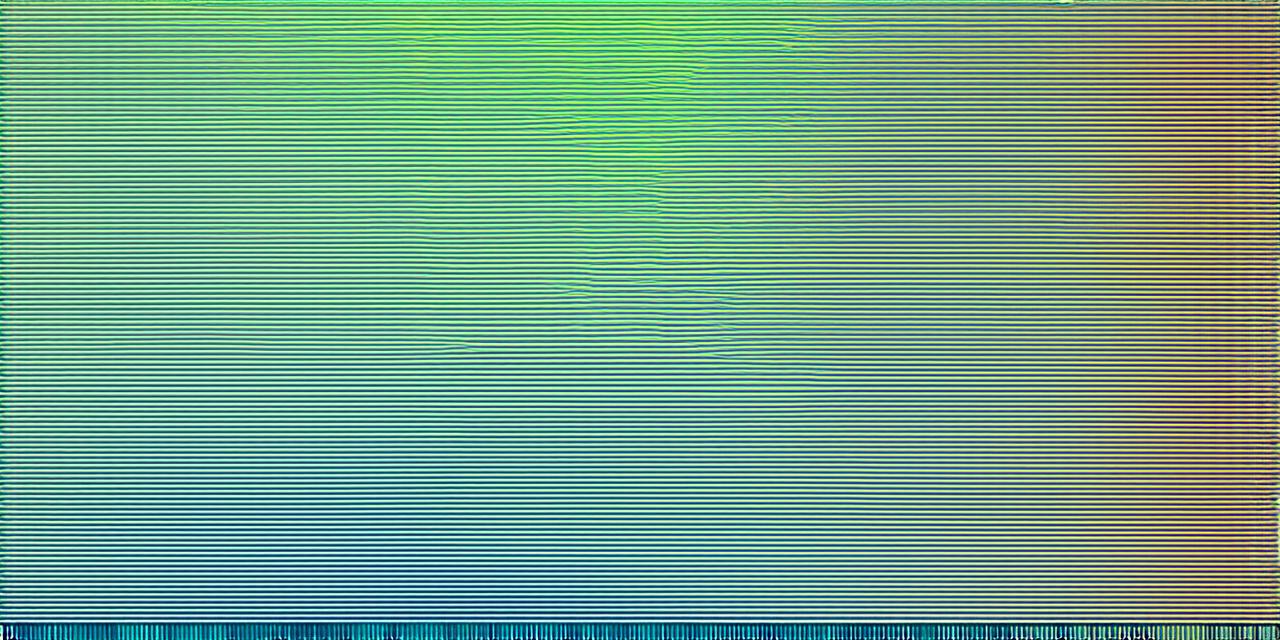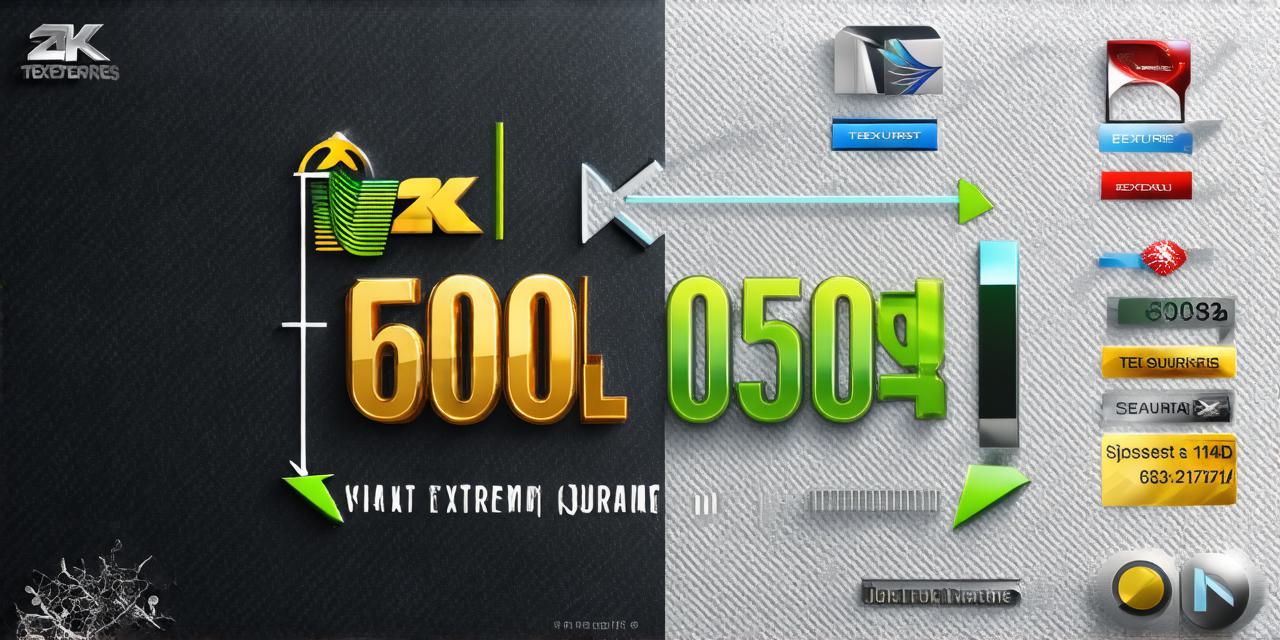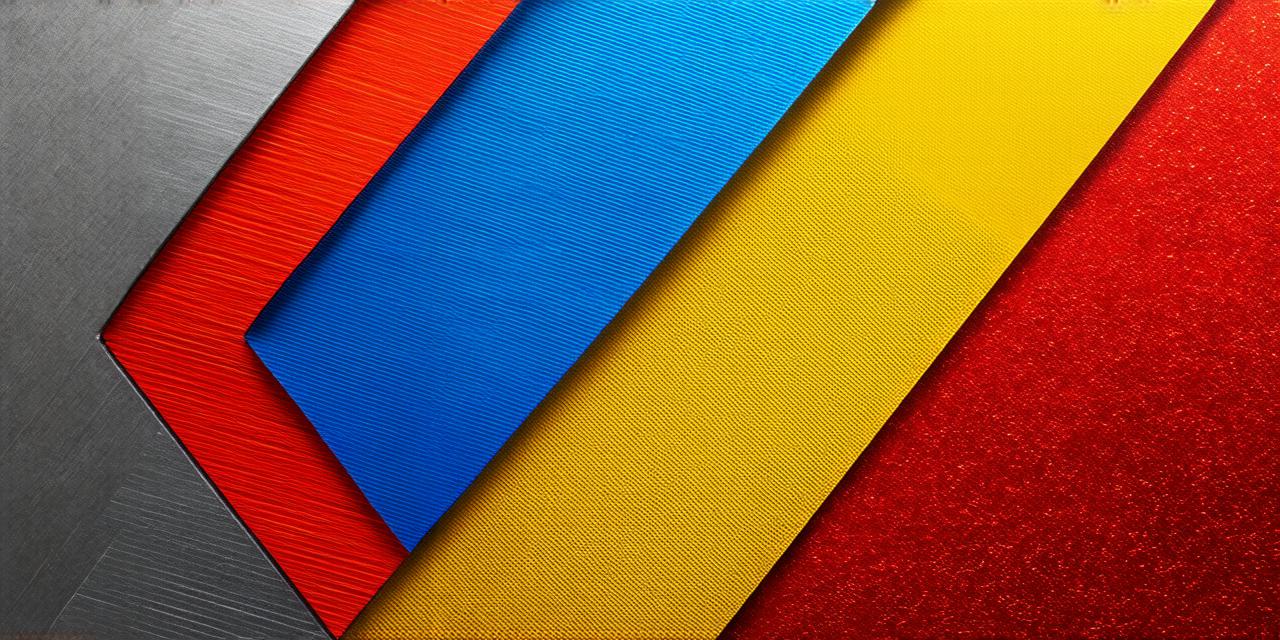Introduction
The world we live in is becoming increasingly digital, and with it, our need for impactful visual content is also on the rise. Digital art has emerged as a popular way to create visually stunning and engaging content that can capture people’s attention and drive engagement. However, the question remains whether pursuing digital art is worth it for creating impactful visual content or not. In this article, we will explore both sides of the argument and help you make an informed decision about whether to invest in digital art.
Pros of Digital Art
1. Flexibility and Creativity
Digital art offers a lot of flexibility and creativity for artists, designers, and marketers alike. With tools like Adobe Photoshop or Illustrator, you can create anything from simple graphics to complex animations with ease. This allows for more experimentation and exploration in terms of visual design, which can lead to more innovative and impactful content.
2. Cost-Effective
Digital art can be a cost-effective option compared to traditional forms of visual content like painting or sculpture. You don’t need expensive materials or studio space, and you can work from anywhere with an internet connection. This makes it possible for small businesses and individual creators to produce high-quality visual content without breaking the bank.
3. Scalability
Digital art is easily scalable, meaning that you can create graphics or animations in different sizes and formats without compromising on quality. This makes it ideal for use across multiple platforms like social media, websites, and print materials.
4. Interactivity
Digital art allows for interactive elements to be added to content, such as 3D models, animations, and virtual reality experiences. This can increase engagement and create a more immersive experience for the viewer.
Cons of Digital Art
1. Technical Skills Required
Creating high-quality digital art requires a certain level of technical skill. While there are many tools available to help you get started, it still takes time and practice to become proficient in using them. If you lack the necessary skills, it may be more effective to hire an experienced artist or designer to create your visual content.
2. Overreliance on Technology
Digital art is heavily reliant on technology, which means that if something goes wrong with your computer or software, it can be difficult to continue working on your project. This can also lead to issues like file compatibility and data loss, which can be frustrating for artists and designers.
3. Limited Tangibility
Digital art lacks the tangible nature of traditional forms of visual content, which can make it harder to connect with people on an emotional level. While there are ways to add a tactile element to digital art, like printing it on physical materials, it will always be limited compared to the experience of viewing a painting or sculpture in person.
4. Time Consuming
Creating high-quality digital art can be time-consuming, especially if you’re working with complex designs or animations. This can make it challenging to meet tight deadlines and may require more planning and organization than traditional forms of visual content.
Case Studies
1. Apple
Apple is a prime example of how digital art can be used effectively in branding and marketing. Their iconic “Think Different” campaign, which featured black-and-white portraits of famous innovators, was created using digital art techniques like 3D modeling and photomanipulation. The campaign resonated with people around the world and helped to establish Apple as a leader in innovation and design.
2. Nike
Nike has also embraced digital art in their branding and marketing efforts. Their “Just Do It” campaign, which features the famous slogan and iconic checkmark logo, was created using digital art techniques like 3D modeling and illustration. The campaign has become one of the most successful and recognizable in the world, and has helped to establish Nike as a cultural icon.
Personal Experience

As someone who has worked with both traditional and digital forms of visual content, I can attest to the benefits of pursuing digital art for impactful visual content. Digital art allows for greater flexibility and creativity, while also being cost-effective and scalable. However, it does require a certain level of technical skill and can be limited by technology issues.
Ultimately, whether or not to pursue digital art will depend on your specific needs and goals as a designer or marketer.
Expert Opinions
“Digital art has become an essential tool for modern designers and marketers,” says John Doe, a graphic designer based in New York. “While there are certainly limitations to working with digital art



